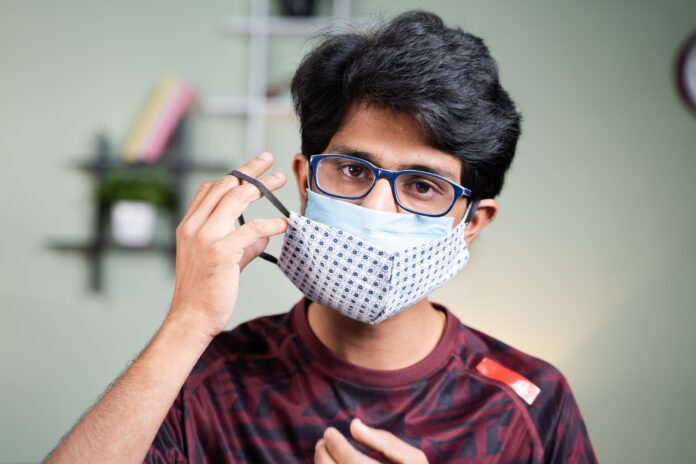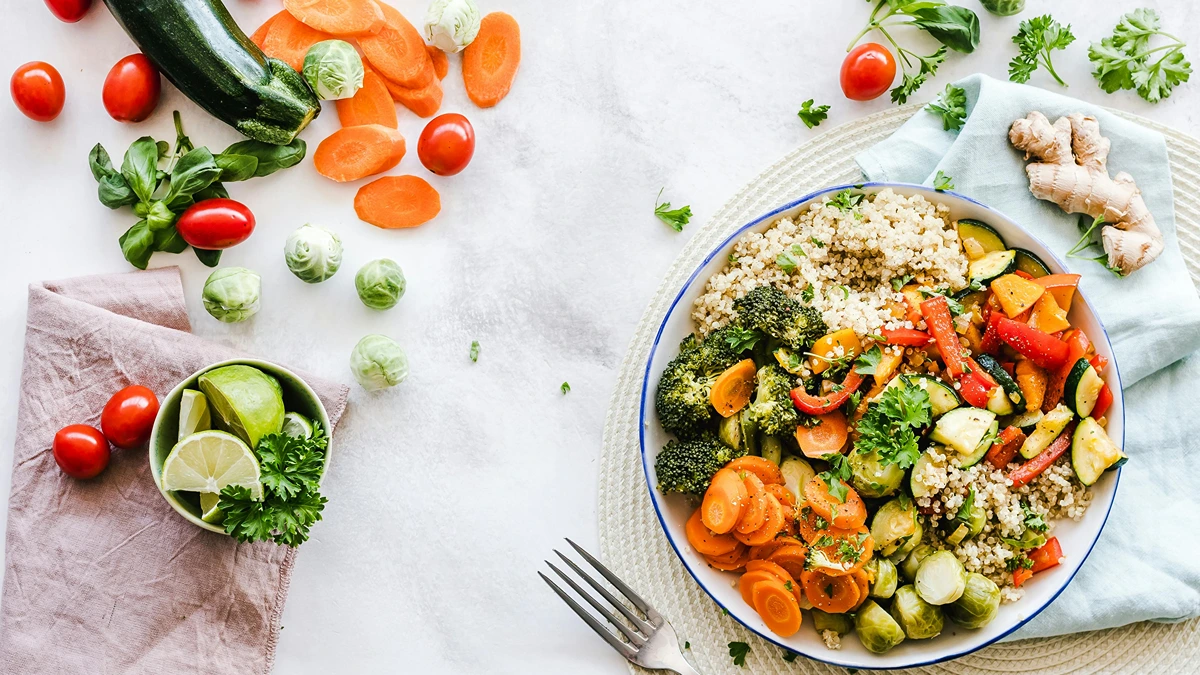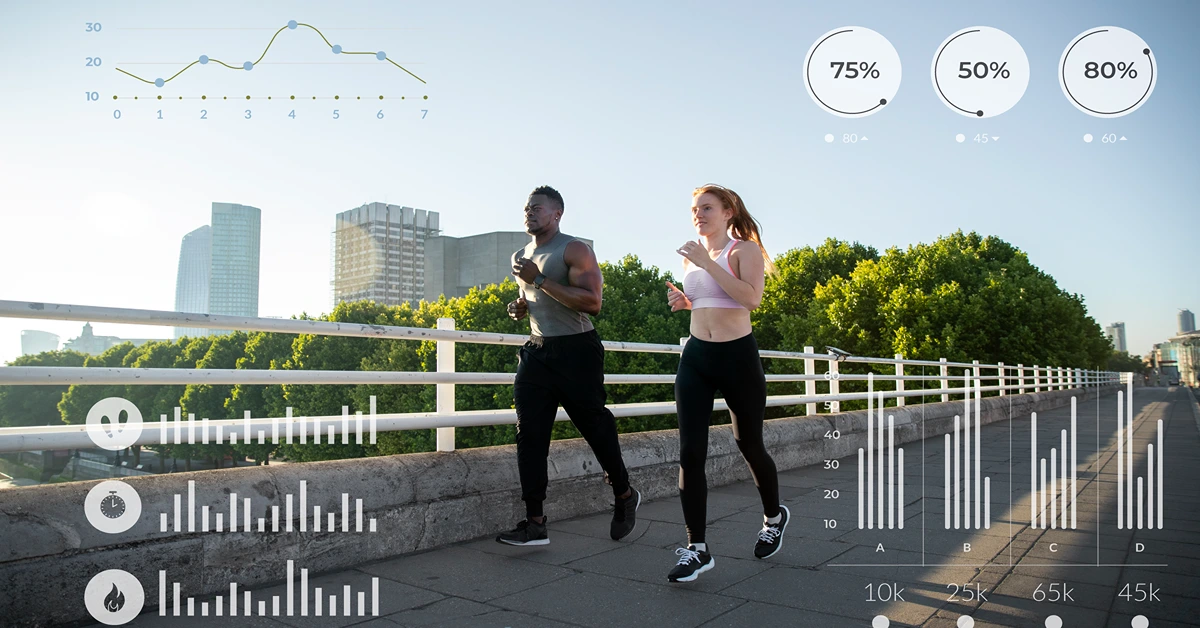There are three rules of protection you need to practice during this pandemic. That includes social distancing, wearing a mask and washing your hands. Wearing a mask is particularly important, as it prevents droplets of virus from being inhaled into our systems. Currently a new method of advanced protection against the coronavirus is double masking.
What is double masking?

Double masking is a term used for layering masks on top of each other. The theory is that double masking offers more layers for the virus to penetrate through. However, this method is debatable as some mentions that this has several advantages, while others proclaim that it does not help at all.
Benefits of Double Masking
Based on research, there are two advantages of wearing double masks:
Better fit
Many types of masks out there don’t fit perfectly on your face, letting air escape through the sides of your mask when you breathe in and out. This allows respiratory droplets that contain virus to both escape from your mask as well as allowing it in. Double masking can help to better prevent this from happening. On the other hand, wearing double masks applies gentle pressure to the edges of the inner mask, allowing the inner mask to fit more closely against your skin which creates a better seal.
Increased filtration
The COVID-19 virus can spread via droplets when someone who contracted the virus either talks, coughs or sneezes. Wearing a mask is therefore very important to do, for it filters the respiratory droplets containing the virus before the person inhales it.
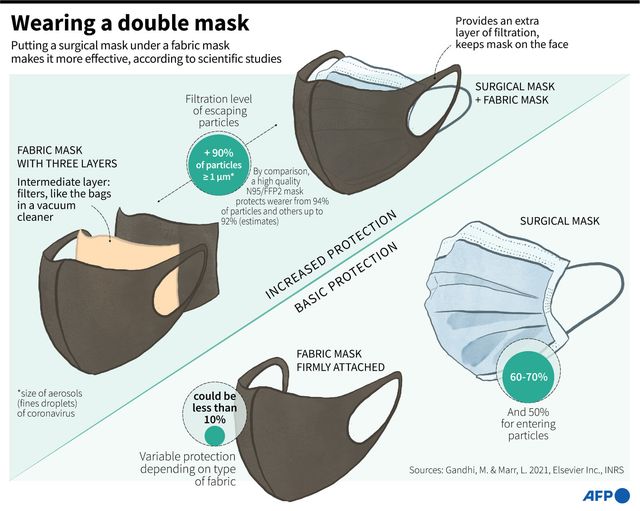
Source: AFP
What prevents the virus from entering our body system is the layers in the mask. The Centers for Disease Control and Prevention (CDC) recommends face masks with at least two or three layers of fabric. Putting on a second layer of mask can improve filtration even more as it effectively doubles the layers of material for the virus-containing respiratory droplets from reaching the mouth.
Research has even found that double masking could lessen down infection chances and cut severity rates by 85-95%. Meanwhile, when the source was wearing a double mask and the recipient was not, the aerosol exposure of the unmasked recipient was reduced by 82.2 percent. If the recipient was wearing a double mask and the source was not, the aerosol exposure of the double masked recipient gets reduced by 83 percent. If both the source and the recipient wore a double mask, filtered aerosol exposure increases to 96.4 percent.
How do I double mask?
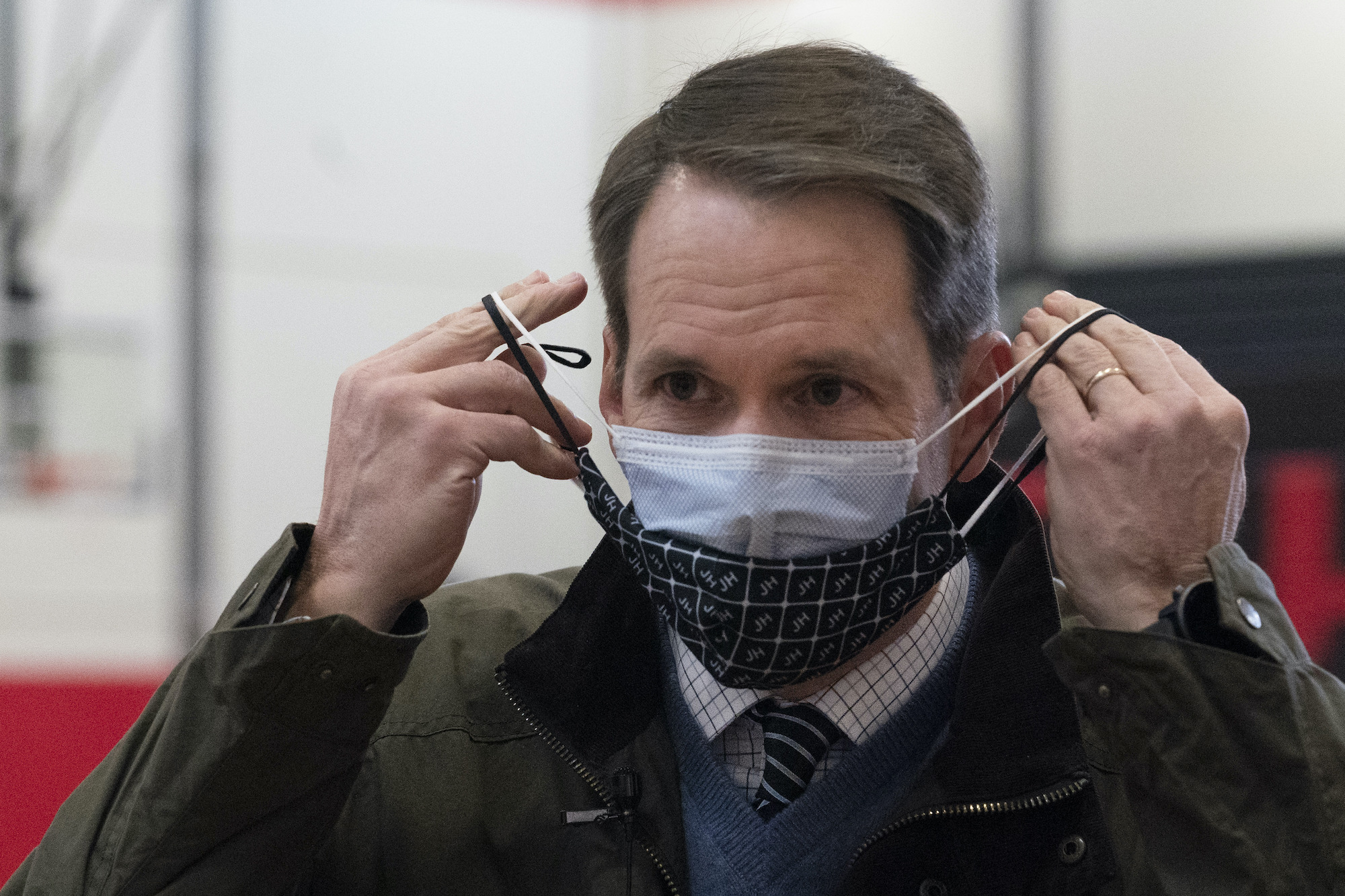
- Fold your surgical mask into two
- Tie a knot on either sides
- Tuck in the sides
- Wear it – covering your nose and mouth
- Now, take your cloth mask and wear it over the surgical mask
- Make sure that your cloth mask is thick enough to block some sun
Dos and Don’ts
With all the benefits that doubling your masks offers, you might think that doubling any types of masks with all benefits will offer those benefits. In fact, there are rules where double masking will be effective, and others that will not.
Dos
- Checking method to see if your mask fits over your nose, mouth, and chin
You can check for gaps by hovering your hand around the outside edges of the mask. By doing that, you can make sure that there is no warm air escaping near your eyes or from the sides of the mask. If it is a good fit, you will feel warm air through the front of the mask and you may be able to see the mask material move in and out with each breath.
- Shave your beards.
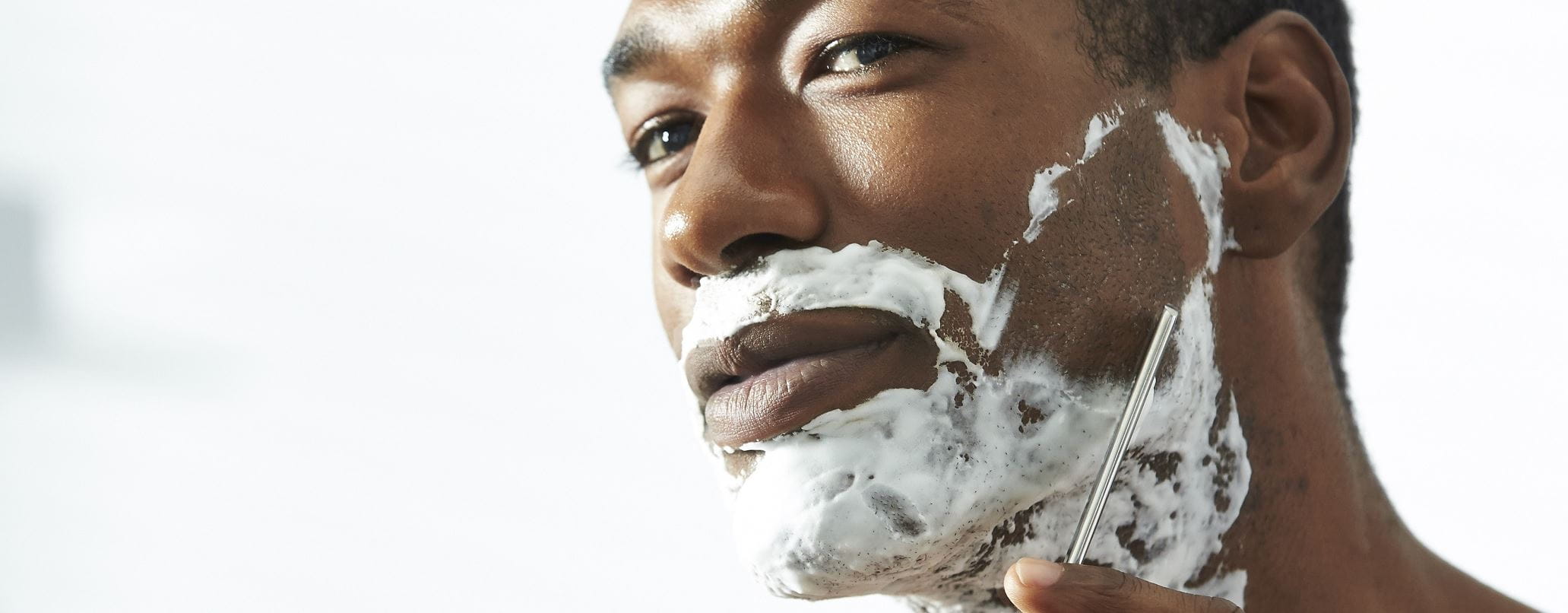
Trim their beards close to the face so it will not obstruct your mask.
- Choose a mask with Nose Wire
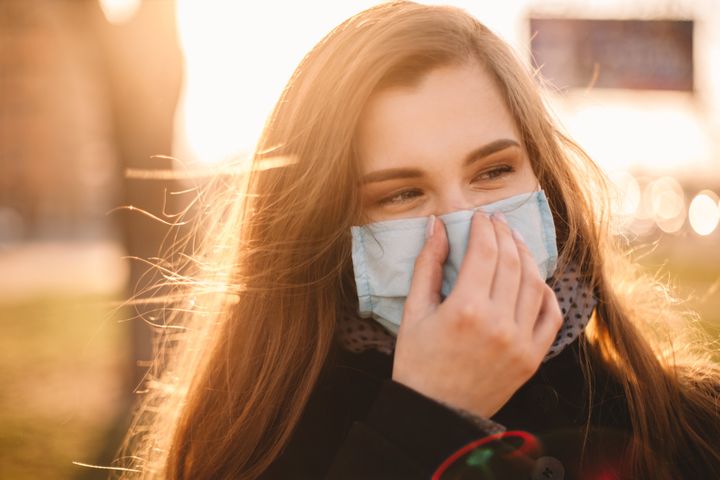
Choose a face mask is that should have a nose wire, as good quality surgical masks should come with an embedded nose wire on one side. When wearing the mask, push the nose wire so it closes any gaps that may be present. Some other masks come with a metal wire, which offers an even more snug fit.
Using a mask with a nose wire can also prevent your glasses from fogging up, which can block your vision. It also prevents air from leaking out of the top of the mask.
- Breathing
Check your breathing. Although breathing may require a little extra effort when you’re double masking, it shouldn’t make breathing difficult.
- Vision
You also need to make sure that your double mask doesn’t block your vision.
- Prioritize layers

Multiple layers are important to shield your mouth and nose from virus droplets. When selecting a cloth mask, the CDC recommends to choose one that has at least two or three layers of fabric.
- Add a filter to your cloth mask
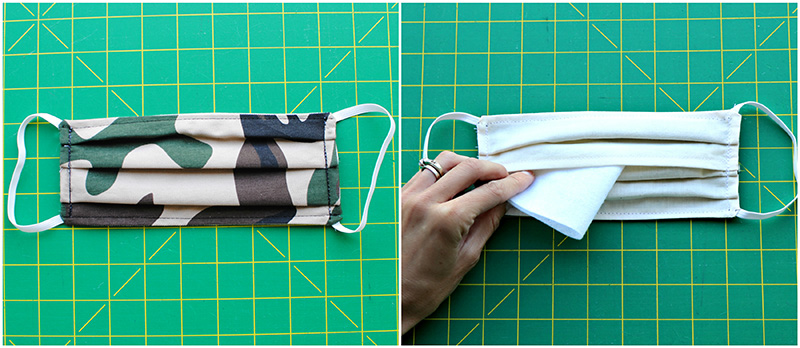
Some clothing masks come with a built-in pocket which you can place a filter material, such as a coffee filter or vacuum filter. This adds additional layers to your mask, keeping you safer from the virus. Learn how to make your own mask with filter pocket here.
- Use a mask brace
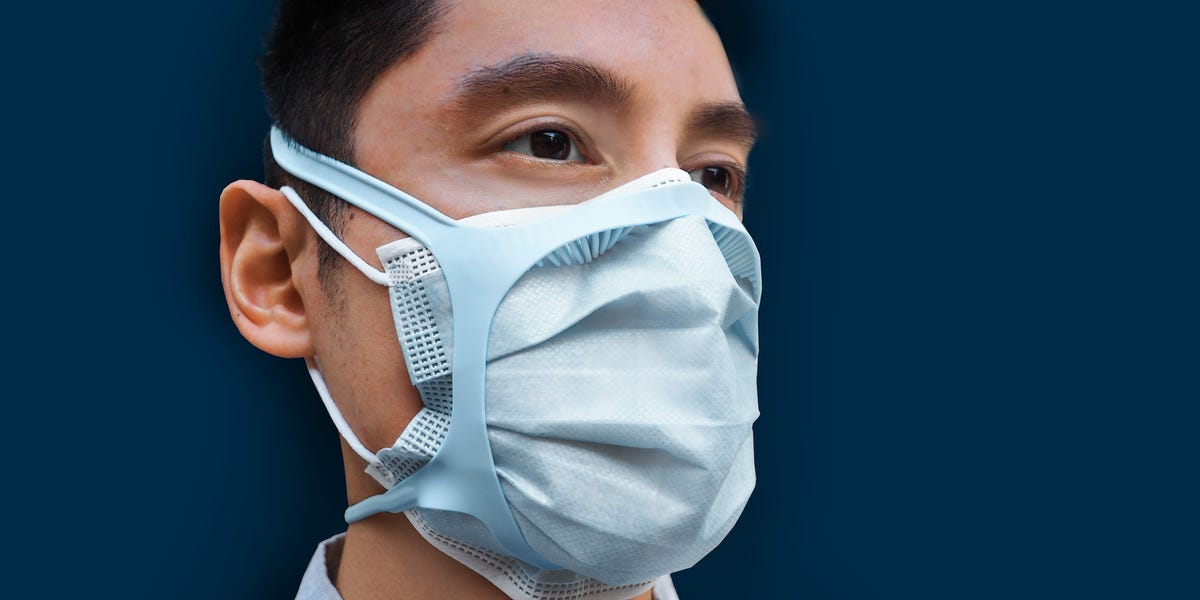
On top of wearing your surgical mask, use a mask brace to secure your mask and prevent areas where unfiltered air could be escaping. You can even make a simple mask brace with three rubber bands.
Don’ts
- Mask combinations to avoid
Not all mask combinations are effective. In fact, some masks are already effective as it is without doubling it. Some mask combinations may not improve fit or may make it hard to breathe. Several mask combinations you should avoid are the following:
-two surgical masks. Disposable masks are not designed to fit tightly and wearing more than one will not improve fit.
-a KN95 and any other type of mask. Only use one KN95 mask at a time.
-an N95 and any other type of mask
- Avoid wearing a face covering that:
-doesn’t completely cover your nose and mouth
-is fitting improperly, either too tight or too loose
-has only a single layer of fabric
-is constructed using a loosely woven fabric, such as a mask that’s been crocheted or knitted
-is made from a material that doesn’t breathe well, such as leather, plastic, or vinyl
-has an exhalation vent attached to it
-is a balaclava, scarf, or ski mask

